When we think about trees, we usually think of tall and strong ones with many leaves and branches. But did you know that some trees are incredibly thin? These thin trees are unique and fascinating in their own way. Trees vary greatly in their appearance. Some are massive and seem to reach the sky.
At the same time, others are small and just starting their growth. This type of tree is famous for its slim trunk, which measures only about in circumference.
You might wonder how such thin trees can stand tall and strong. They have been carefully cared for and supported with pillars over the years to ensure they stay upright. We’ll see what makes this tree unique and why they are important.
So, let’s check more of the world’s thinnest trees!
1. Wissel’s Saguaro Cypress
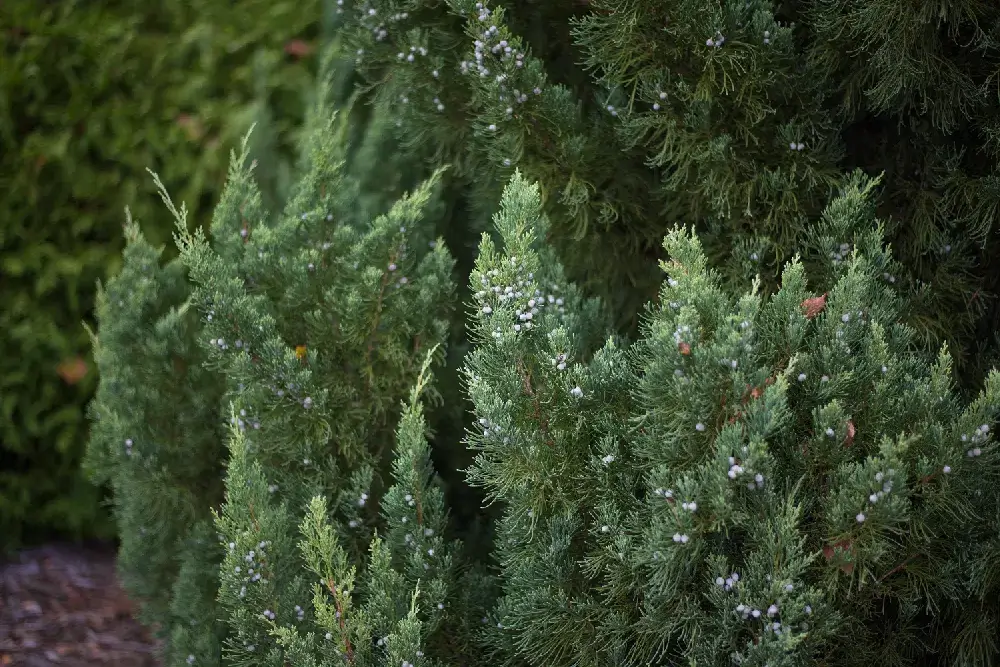
Wissel’s Saguaro Cypress, also known as the Pencil Point Juniper, is famous for being one of the thinnest trees. It grows naturally as tall, skinny trees in the southwestern United States and parts of Mexico, mainly in dry areas where it has learned to grow without being affected by tough desert conditions.
This tree looks different from most others because it’s very thin and stands up straight. Normally, it grows to be about 10 to 15 feet tall, but what makes it special is its super thin trunk, which can be as narrow as just a few inches across.
This tree is tough and can handle dry and extreme temperatures.
2. Northern White Cedar

The Northern White Cedar is scientifically known as Thuja occidentalis. It is a tree that could be considered one of the thinnest trees around. It’s an evergreen tree that’s originally from North America, especially the northeastern United States and eastern Canada.
Even though it can grow really tall, often reaching heights of more than 40 feet, what’s really interesting is how thin its trunk can be, especially when it’s a young tree. The Northern White Cedar has a graceful and slender shape that makes it appear quite stylish in the landscapes where it grows.
People love to use it for landscaping because it’s not only pretty to look at but also easy to trim to keep that slim shape.
3. Norway Spruce
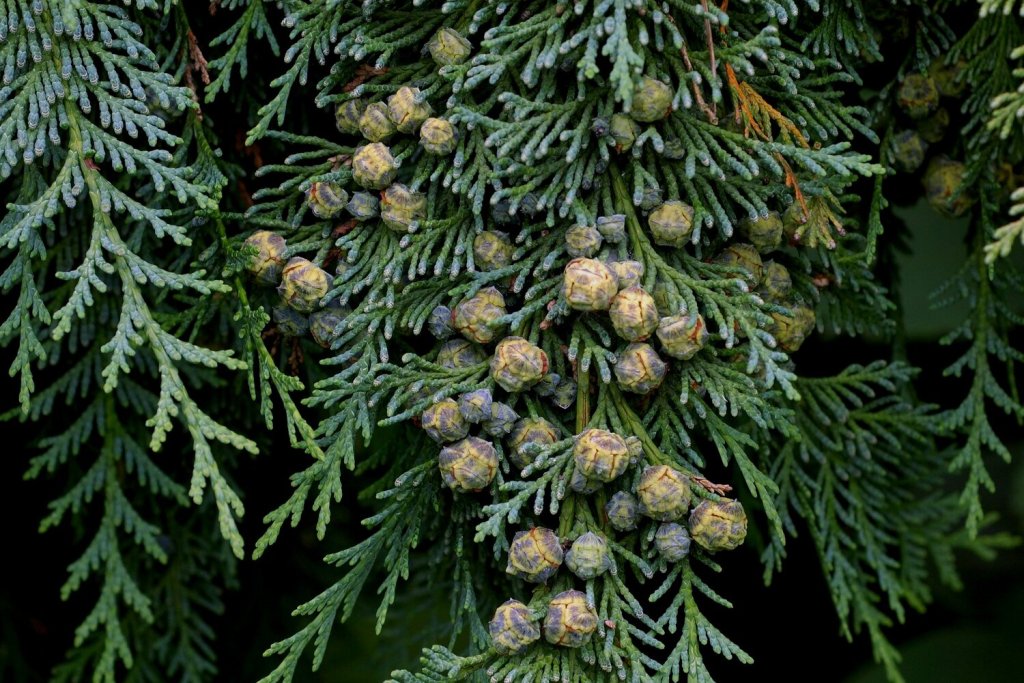
The Norway Spruce, scientifically called Picea abies, is a famous tree that grows in northern and central Europe. It’s known for being tall and shaped like a triangle.
When it’s young, it can look quite thin with a narrow trunk. As it gets older, the trunk becomes thicker. Even when it’s fully grown, it can still seem pretty narrow compared to its height, which can be over 100 feet.
This unique feature, along with its stylish hanging branches, makes the Norway Spruce a favorite for Christmas trees. And for making parks and gardens look beautiful.
4. Swedish Aspen
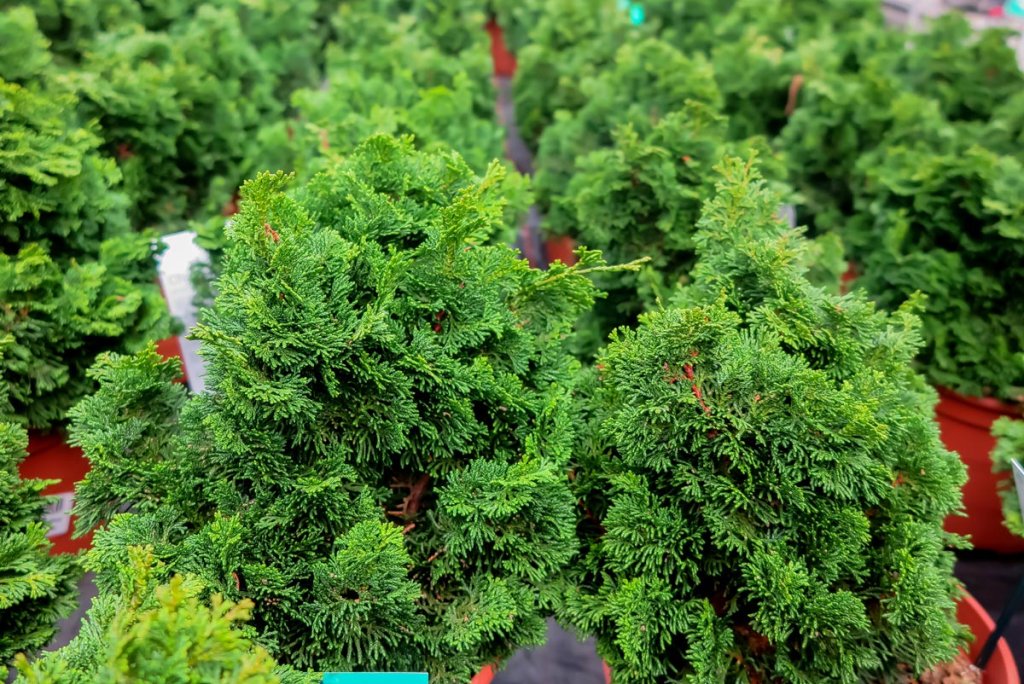
The Swedish Aspen, scientifically called Populus tremula Erecta, is a thin tree that grows tall and straight. It comes from Europe and looks like a tall, narrow column.
Unlike most aspen trees that spread out, the Swedish Aspen grows up, reaching heights of 40 feet or more. Its skinny trunk and fluttering leaves make it seem special and graceful.
People often plant it in rows or use it to block the wind because it’s lean and can sway in the wind without breaking.
5. European Silver Fir
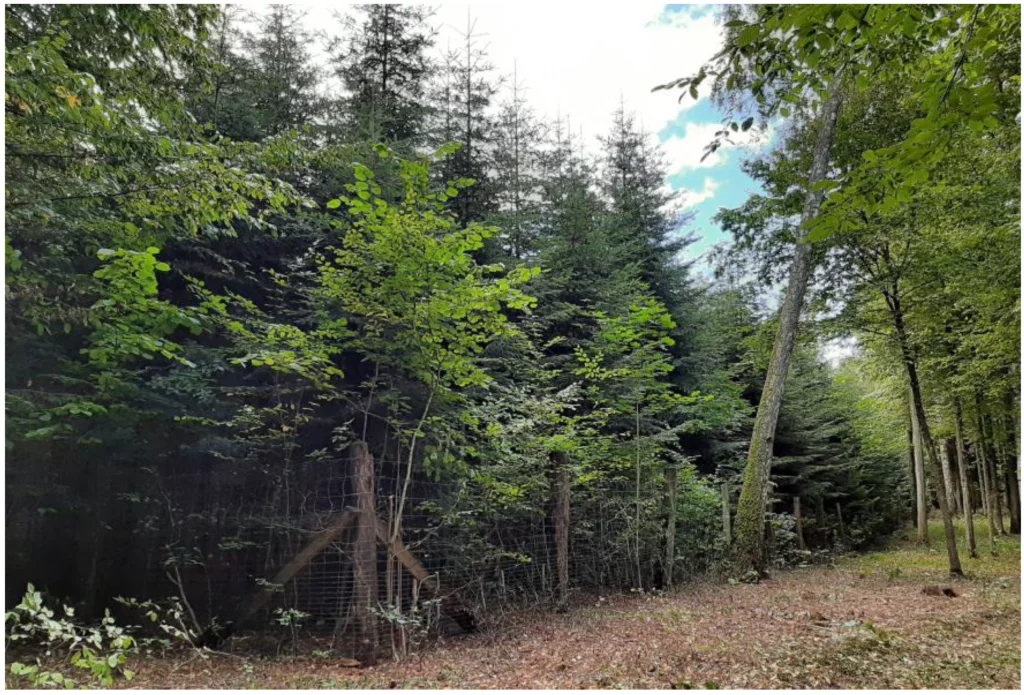
The European Silver Fir, scientifically named Abies alba, is a graceful pine tree that naturally grows in the mountainous areas of Europe. It’s celebrated for its tall and slender shape.
The tree has a thin trunk and branches covered in dark green needles with silvery undersides, which is why it’s called the Silver Fir. While it can grow up to a towering 200 feet in height, it maintains a relatively narrow appearance.
Its figure and foliage make it a favored choice for decorative landscaping, especially in cooler regions.
6. Sky Pencil Holly
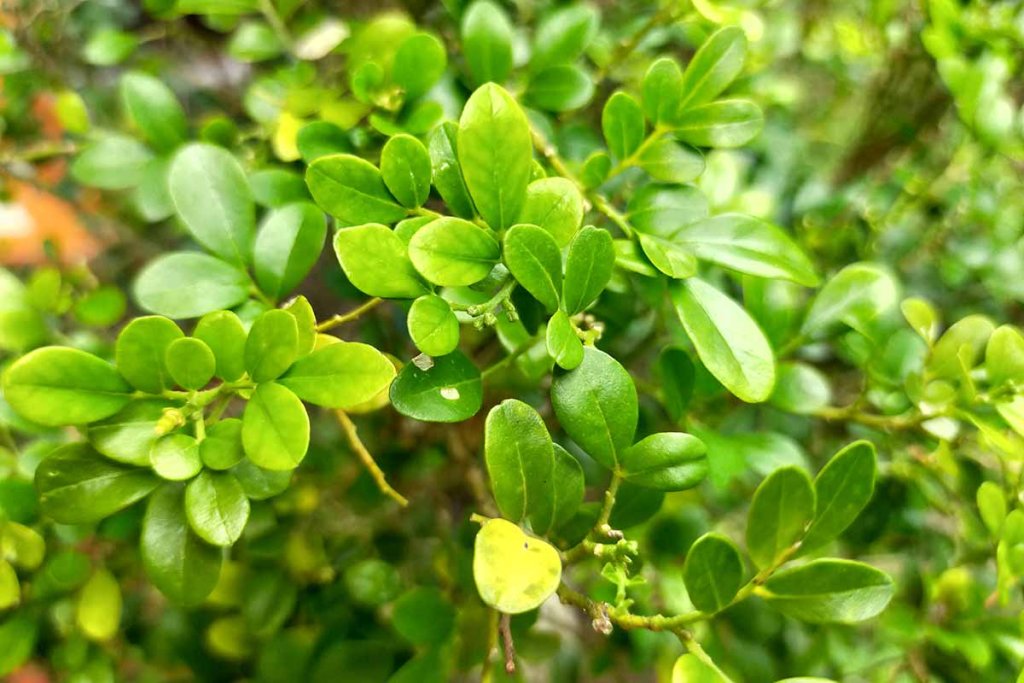
The Sky Pencil Holly, scientifically known as Ilex crenata, is a special, tall, and narrow shrub that can make gardens and landscapes look more attractive.
This holly is famous for its straight-up, pencil-shaped growth, with branches growing close together. It usually grows to be 6 to 10 feet tall and stays only 1 to 2 feet wide. This makes it great for small spaces or as a standout plant in fancy gardens.
Its heavy, dark green leaves and compact shape make it a flexible and delightful addition to different landscaping styles.
7. Tall, Thin Italian Cypress

The tall, thin Italian Cypress is scientifically named Cupressus sempervirens Stricta. It is a famous tree known for its slim look. It originally comes from the Mediterranean region, especially Italy. These trees are famous for being very tall and thin, like columns.
They can grow as tall as 40 to 60 feet but have a trunk that’s usually less than 3 feet wide. Because of their unique appearance, they’ve become a symbol of Italy’s landscapes and gardens.
People often use them as pretty trees in gardens and as natural fences because they grow tall and thin, giving privacy.
Conclusion
We learned that the thinnest tree in the world is the Wissel’s Saguaro Cypress, also known as the Pencil Point Juniper. This tree has a very thin trunk, which helps it survive in its native arid regions in the southwestern United States and parts of Mexico.
This type of tree’s thin trunk is adapted to conserve water, as it reduces the tree’s surface area and minimizes water loss through evaporation. This adaptation is important for its survival in the challenging desert environment.
It’s important to know that trees come in all shapes and sizes, each with its unique features.

